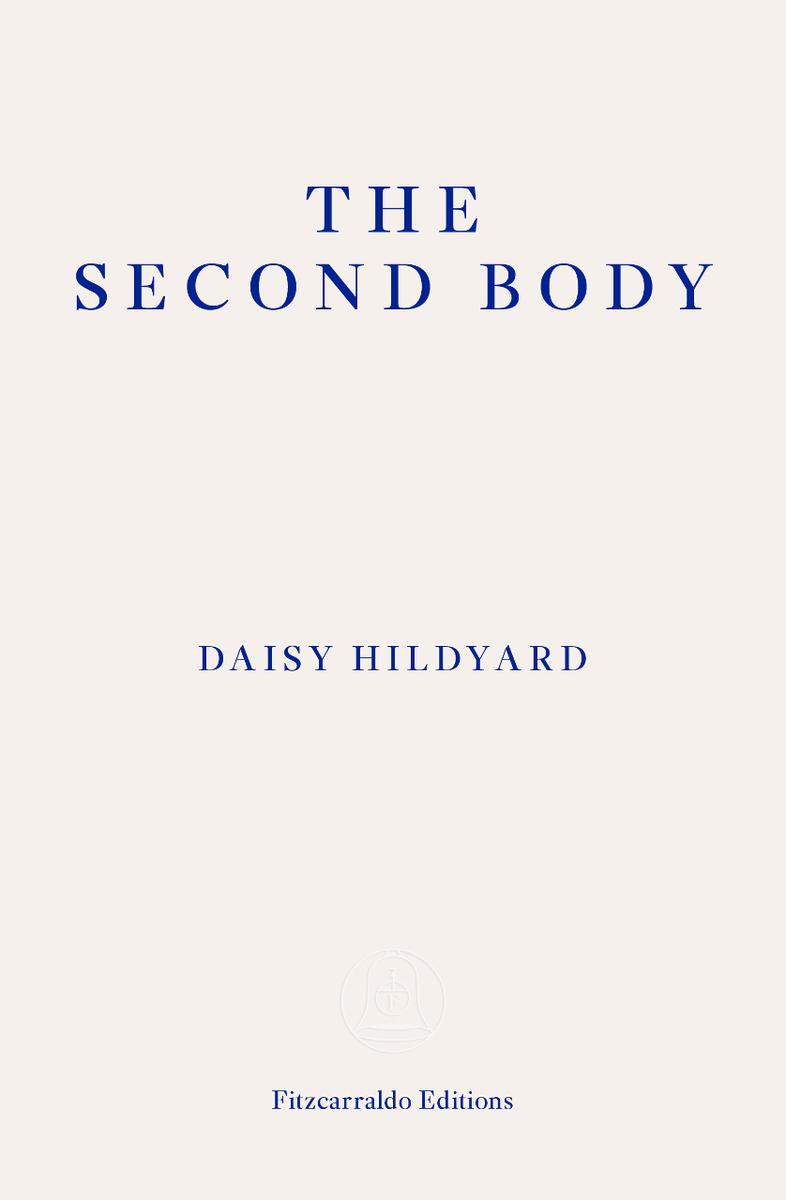
The Second Body
کتاب های مرتبط
- اطلاعات
- نقد و بررسی
- دیدگاه کاربران
نقد و بررسی

June 18, 2018
“Every living thing has two bodies these days—you are flying into the atmosphere and back down to the ground right now, but you can’t feel it,” writes Hildyard early on in her thoughtful, far-ranging essay. With a voice that is both intimate and richly imaginative, she draws on sources spanning biology, ecology, literature, and sociology to illustrate the seeming paradox of human existence: that humans act individually and globally at once—that we act both in and on the world around us. She seeks perspective from a butcher, an environmental criminologist, several biologists, asking questions such as “What is life on Earth?” and “If you were writing your own story of an animal life, as you see it, where would that life be?” The answers she collects form the backbone of this work and raise still more urgent questions: “Is a human an animal? To be an animal is to be an individual, and also a part of life across the world.” The result is an exercise in curiosity and empathy in the face of predicaments that are at once personal and political: “The river was in my house but my house was also in the river,” notes Hildyard, evoking the image of a flooded home in the age of climate change. Hildyard’s book is a powerful exploration of how every human is both a singular being as well as one of many in the world.

























دیدگاه کاربران